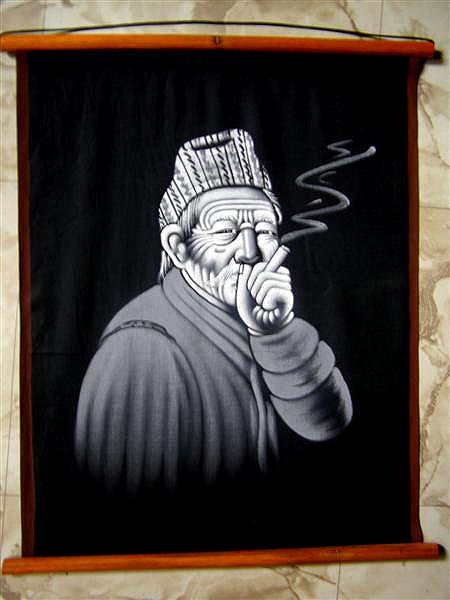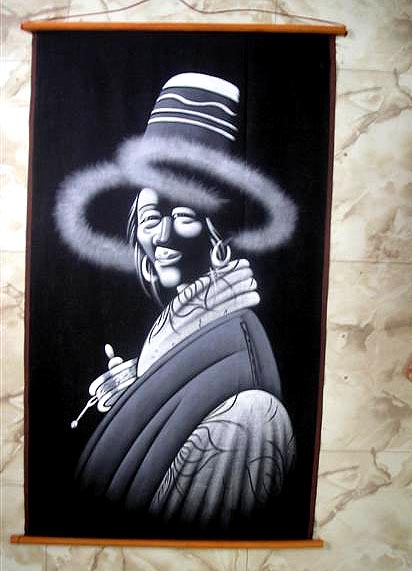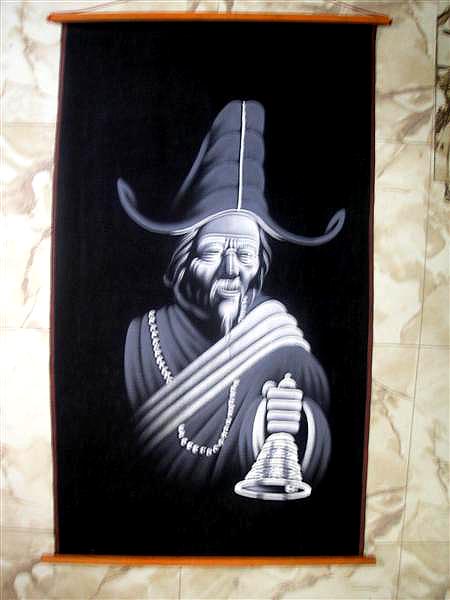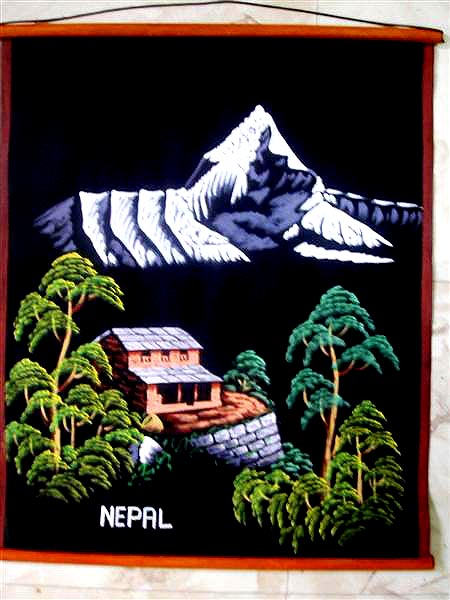
Code
HCS4413
Weight
50 gm / 0.11 lbs
Size
Height
15cm (6") Width
18cm (7") Material
cotton and wood
Availability
Available
Date Added
2010-03-20 04:31:46
Note : We used to sell this product 15 years ago so it may no longer be in our stock.
It is possible that we still have it with our suppliers but the price could be different from before.
Feel free to order. We will verify availability and inform you promptly.
It is possible that we still have it with our suppliers but the price could be different from before.
Feel free to order. We will verify availability and inform you promptly.

Safe Payment
We accept Paypal, Money Transfer, Bank Transfer
Confidence
Protection covers your purchase and personal data.
Worldwide Delivery
We ship Worldwide, except Russia.Shipping cost US$25.2 for upto 0.5 kgs

Hotline
Talk to help line for your question on 9841267335Hand painted painting of Tibetan environment and people
About Batik Painting :
Batik painting is a traditional art form that involves the use of wax to create intricate designs on fabric. The technique is believed to have originated in Java, Indonesia, but it has spread to other parts of the world, including Nepal. The process of creating a batik painting involves applying hot wax to fabric using a tool called a tjanting or a brush. The wax creates a barrier that prevents dye from penetrating the fabric, creating a pattern or design. The fabric is then dyed in a series of colors, with the wax being reapplied between each dyeing stage to create additional layers of color and design. Once the desired colors and patterns have been achieved, the wax is removed by boiling or scraping the fabric, revealing the final batik painting.
In Nepal, batik painting is a popular art form that is often used to create colorful wall hangings, clothing, and accessories. Nepali batik painters often draw inspiration from their rich cultural heritage, incorporating traditional motifs and symbols into their designs. Many Nepali batik paintings feature intricate mandalas, geometric patterns, and depictions of deities and spiritual figures.
Batik painting requires a high degree of skill and patience, as each layer of wax and dye must be carefully applied to achieve the desired effect. The result is a stunning piece of art that showcases the beauty of Nepali culture and the creativity of its people.
Batik painting requires a high degree of skill and patience, as each layer of wax and dye must be carefully applied to achieve the desired effect. The result is a stunning piece of art that showcases the beauty of Nepali culture and the creativity of its people.












